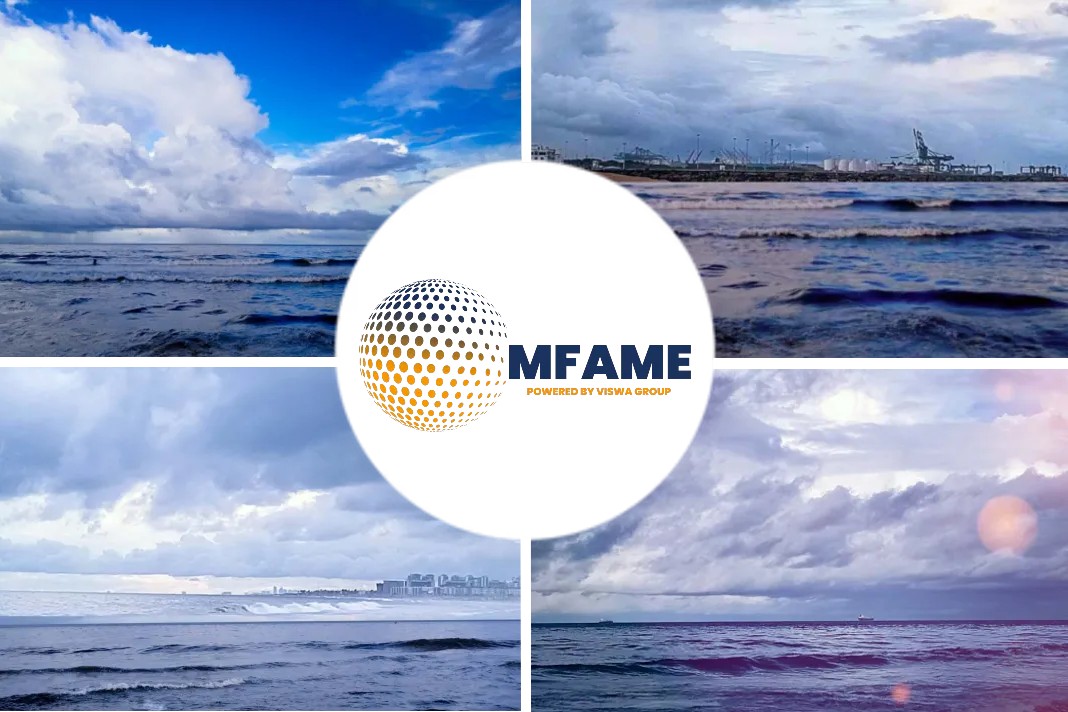The Port of Rotterdam is is gradually becoming CO₂ neutral and is working with companies in 3 steps towards a CO2-neutral port, says an article published in Safety4Sea.
Steps towards CO₂ neutral
The Port Authority published a series of videos presenting its steps towards a circular economy in 2050, resulting in the CO2 release and waste from industries and consumers being the raw material for new products.
The Industry in Rotterdam, in line with the 2030 goal on reducing CO2 emissions, is focusing on a number of projects, aiming to accomplish a 20-25% reduction.
The Steps 1 to 3 towards CO2 neutrality are, respectively, efficiency & infrastructure, towards a new energy system and towards a new raw materials and fuel system.
Allard Castelein, CEO of the Port of Rotterdam Authority, stated that Government’s role in these projects, is of great importance, as “so many transition projects are taking place in a small part of the Netherlands that custom solutions are needed for this area. If we complete all of our ongoing projects, we will achieve three times as much CO2 reduction here as we would need to if the emissions reduction target were to be divided equally across Dutch industry”.
The steps
Step 1: Efficiency and Infrastructure
The industry takes efficiency measures. Residual warmth is used to heat homes, commercial buildings and greenhouses. CO₂ is captured and stored under the North Sea.
As shown in the video, by increasing industry efficiency, the CO2 emissions decrease. Yet, the shipping industry often operates under temperatures which results to increased emissions and CO2. The warmth heats houses, greenhouses and offices. Thus, the Port of Rotterdam captures CO2 and store it under the North Sea.
Companies exchange energy with the aid of a stream work and a hydrogen network. Today, the industry uses more and more green electricity generated by renewable energy, such as wind farms at sea. In the future, these developments will need additional infrastructure such as cables and pipelines.
Step 2: A New Energy System
Electricity and hydrogen are important to make the industry more sustainable. Up to now, the majority in the industry generate electricity from coal and gas, also known as “grey” electricity.
- Hydrogen is made with natural gas and is called ‘grey’ hydrogen.
Yet, the process emits CO2. By capturing CO2 and store it under the North Sea, no more CO2 is emitted into the air, and the Port makes a CO2-neutral blue hydrogen. The green electricity generated by the wind farms results to the production of the ‘green’ hydrogen.
As long as there isn’t enough green electricity, the port uses a mix of green and blue hydrogen.
Recently, the Port partnered with BP and Nouryon to develop Europe’s biggest hydrogen plant.
Step 3: A New Raw Material Fuel System
In 2050 the industry will use electricity, hydrogen and biomass. With it, fuels will be made for consumers in particular.
There will be still some CO2 emissions which will be used as a raw material, and absorbed by trees, which in turn are fuel in the form of biomass.
The waste of the industry and consumers will be used as raw materials for new products.
Did you subscribe to our daily newsletter?
It’s Free! Click here to Subscribe!
Source: Safety4Sea















